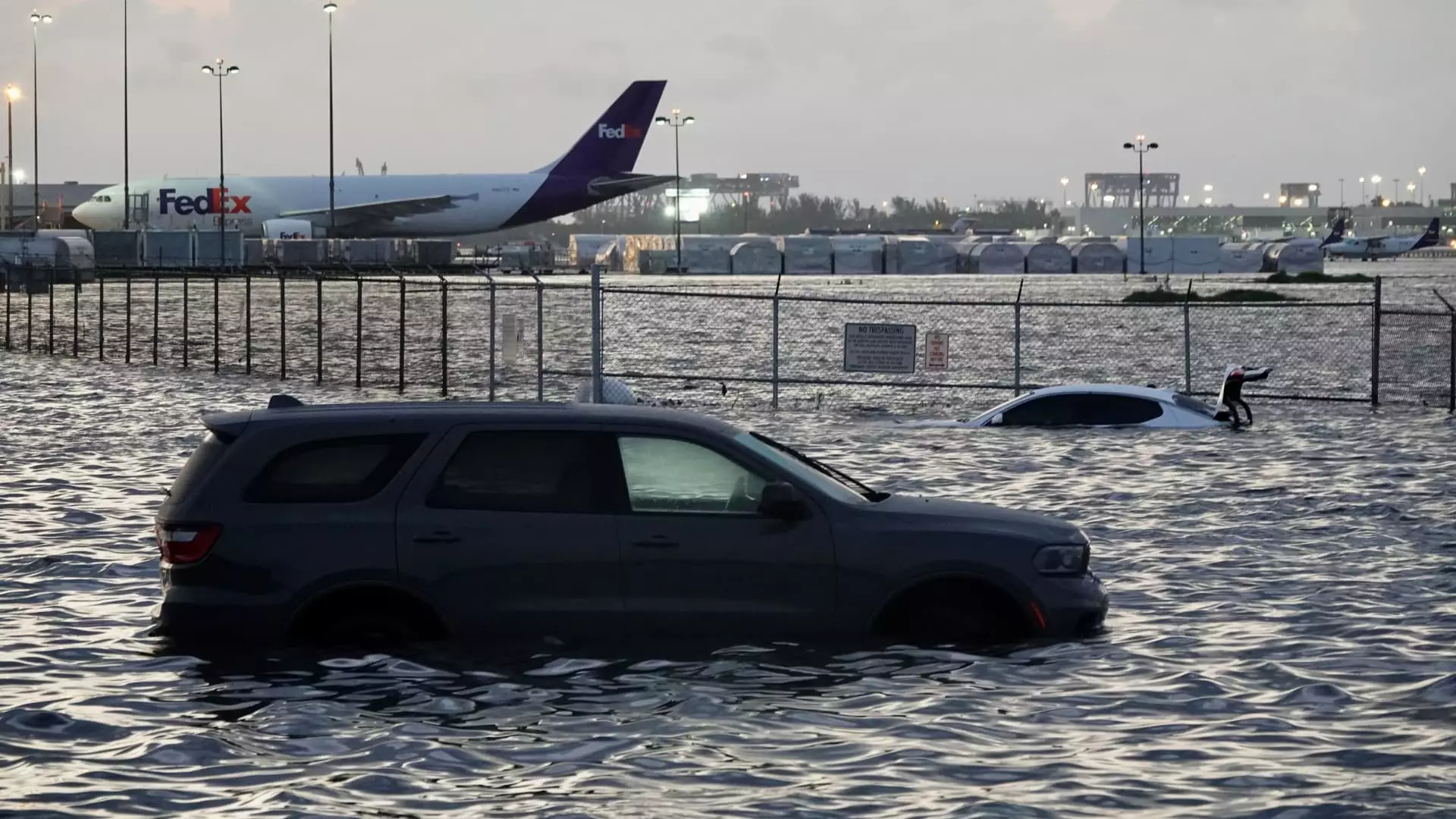Despite being the backbone of economic vitality and national security, U.S. infrastructure teeters on the brink of catastrophe. Over decades, a complacent approach has left vital systems—roads, bridges, airports, and utilities—ill-equipped to withstand the relentless assault of climate change. Recent events vividly illustrate this vulnerability: flooded runways at Fort Lauderdale, heat-induced bridge failures in New York City, and increasingly frequent natural disasters. These aren’t isolated incidents but warning signs of systemic failure. While failing grades from institutions like the American Society of Civil Engineers paint a grim picture, the core issue stems from an unacceptable neglect of modernization and foresight. Our infrastructure was designed for a climate that no longer exists, making each passing year a ticking time bomb threatening economic stability and public safety.
Outdated Infrastructure and a Growing Climate Crisis
Most of America’s infrastructure is haunted by the ghosts of the past—a relic of a pre-climate era. Emergency responses and design standards were established when weather patterns were more predictable, and resilience against extreme weather was seldom a concern. Now, floods wipe out runways, high temperatures warp critical metal components, and wildfires threaten power lines—phenomena that our aging structures are increasingly ill-prepared to handle. The statistics are sobering: up to 19% of power infrastructure and 17% of telecom assets face immediate flood, wind, or wildfire risks. This reality should serve as a wake-up call for investors and policymakers alike, emphasizing that failing to adapt infrastructure equates to willful negligence that could cripple the economy.
Financial Implications and Investor Uncertainty
The economic stakes are colossal. To bring America’s infrastructure to a sustainable profile, estimates suggest a $3.7 trillion investment gap over the next decade. Yet, the political will to deliver such colossal funding remains lacking. Recent budget cuts and seemingly shortsighted policies have reduced federal investments—FEMA’s decisions to cancel programs aimed at disaster resilience exemplify this danger. Investors, seeing a future riddled with unpredictability, are increasingly factoring climate risks into their decisions. Climate risk analytics firms highlight alarming percentages of infrastructure vulnerable to floods and wildfires, making a compelling business case for prioritizing resilience. However, the absence of coordinated, long-term government-led initiatives risks skyrocketing costs, economic disruptions, and diminished competitiveness.
The Science of Resilience and the Politics of Climate Data
Critical to constructing resilient infrastructure is the underpinning of solid scientific knowledge. Yet, recent political shifts—particularly budget cuts and the disbanding of key climate agencies—undermine the scientific foundations necessary for effective adaptation. When federal agencies like NOAA and FEMA lose staff and resources, the flow of vital data and technological innovation stalls. The result is a fragile, uncertain environment where decision-making is compromised. Bridging science and engineering is essential, but political interference threatens to poison this vital nexus. Without honest, data-driven policies, the nation remains ill-prepared and vulnerable.
Responsible Leadership and a Call to Action
Addressing these pressing challenges demands a strategic, center-right approach that balances prudent fiscal management with targeted investments in resilience. It requires recognizing that infrastructure is a public good that sustains economic productivity and societal well-being. Sensible policy should prioritize modernization through public-private partnerships, incentivize innovation, and ensure a sustained focus on climate adaptation. Responsible leadership must also advocate for secure funding streams, streamlined bureaucratic processes, and a science-based approach to planning. Only by acknowledging the gravity of the crisis, and taking decisive, conservation-minded action, can America hope to fortify its infrastructure against an increasingly volatile climate future.
The stakes are high, and the window for meaningful intervention narrows. The nation’s future depends on pragmatic decisions today—resisting populist cuts and shortsighted policies in favor of strategic, sustainable investments that uphold the principles of resilience, responsibility, and progress.

